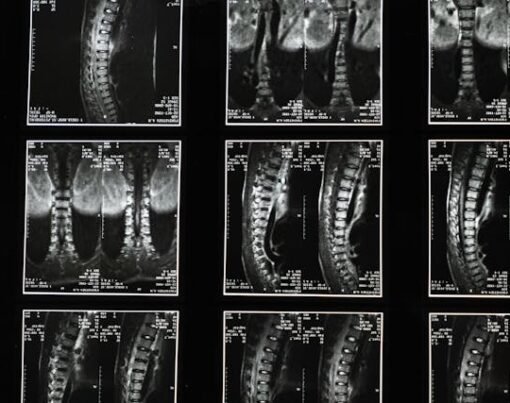Tendonitis in the feet can be a painful and debilitating condition that affects your mobility and quality of life. Tendonitis is a condition characterized by inflammation or irritation of the tendons that connect your muscles to your bones. It can cause pain, swelling, and stiffness in the afflicted region. Although tendinitis can affect any region of the body, it is more common in the foot because of the continuous strain and stress that weight-bearing activities exert on these bones. This comprehensive guide will explore five key signs of tendonitis in the feet, helping you recognize the symptoms and seek appropriate treatment from a qualified podiatrist.
Table of Contents
1. Pain and Tenderness
A common symptom of plantar fasciitis in the foot is localized pain and soreness. You may experience a dull, achy pain that worsens with activity and improves with rest. The pain might extend down the length of the tendon, or it could be restricted to one particular part of the foot, such as the heel, arch, or Achilles tendon. It’s also typical to feel tender to the touch, particularly when applying pressure on or near the irritated tendon. It may be difficult to walk, stand, or engage in activities that demand repeated foot and ankle motions because of the discomfort and soreness associated with tendonitis. It’s crucial to see a podiatrist for a complete assessment and diagnosis if you have ongoing or getting increasing discomfort and soreness in your feet.
2. Swelling and Inflammation
Typical symptoms of foot tendonitis include swelling and inflammation, which are often accompanied by pain and discomfort. You may notice swelling around the affected tendon, which can range from mild to moderate in severity. Redness and warmth in the afflicted region are further signs of inflammation, suggesting increased blood flow and an immunological reaction to the torn tendon. Activity can exacerbate swelling and inflammation, which may become more noticeable after extended standing or walking.
Applying cold packs and elevating the afflicted foot might assist minimize swelling and provide momentary relief from pain. To avoid a recurrence and long-term harm to the injured tendon, it is essential to treat the underlying cause of tendonitis.
3. Stiffness and Limited Range of Motion
It might be challenging to move the afflicted foot and ankle freely due to stiffness and restricted range of motion caused by tendinitis in the feet. After extended periods of inactivity or when waking up in the morning, you could feel stiff, but this will go away with light exercise and stretching. Stiffness can become worse over the day, particularly after doing activities that aggravate the symptoms of tendinitis. Your ability to carry out daily activities like walking, climbing stairs, and bending and flexing your foot and ankle might be impacted by the limited range of motion.
Stiffness and reduced flexibility can cause compensatory movement patterns and muscle imbalances if left untreated, which raises the risk of further injuries and long-term foot issues.
4. Weakness and Instability
Loss of balance and instability can result from the weakening of the afflicted tendon and surrounding muscles in the foot due to tendinitis. When standing or walking, you can notice that your foot feels weak or unsteady, which makes it challenging to bear weight and keep your alignment equally. In particular, while engaging in activities requiring quick direction changes or abrupt foot and ankle movements, weakness and instability could increase the risk of falls and injury.
Proprioceptive training and strengthening exercises can assist in increasing muscular coordination and strength, which lowers the risk of falls and increases stability all around. A Podiatrist in Upper East Side NYC can prescribe a personalized exercise program to target specific muscle groups and address underlying weaknesses contributing to tendonitis symptoms.
5. Clicking or Popping Sensation
The afflicted region of tendonitis in the foot may sometimes have a popping or clicking sound. This feeling arises from the inflamed tendon rubbing against surrounding structures or moving out of the tendon sheath’s intended place. Depending on the extent of tendonitis and the particular location of the afflicted tendon, clicking or popping sounds may be audible or felt. Even while popping or clicking by itself does not necessarily mean that you have tendonitis, it might be an indication of underlying instability or inflammation that needs to be examined by a podiatrist.
It’s critical to get medical help right away if you feel clicking or popping in your feet, particularly if you also have other tendinitis symptoms. This will stop additional damage and consequences.
Conclusion
In conclusion, tendonitis in the feet can cause pain, swelling, stiffness, weakness, and instability, affecting your mobility and quality of life. You can reduce pain, prevent further injury, and restore function to the afflicted foot and ankle by identifying the telltale signs and symptoms of tendonitis and obtaining a quick diagnosis and treatment from a licensed podiatrist. Whether you’re experiencing pain and tenderness, swelling and inflammation, stiffness and limited range of motion, weakness, and instability, or clicking or popping sensations in your feet, a podiatrist can provide personalized treatment recommendations to address your specific needs and help you get back on your feet.










